Introduction
Slippery surfaces can turn a relaxing afternoon into a slip-and-fall disaster in seconds, making it crucial to prioritize anti slip decking solutions. With the right materials and maintenance practices, you can ensure that your deck remains both beautiful and safe for family and friends.
Importance of Safety on Decks
Decks are often the heart of outdoor living, serving as gathering spots for barbecues, parties, and lazy afternoons. However, the potential hazards associated with wet or icy conditions cannot be ignored—especially when using composite wood decking or treated wood for deck applications that may become slippery over time. Prioritizing safety through effective anti slip decking solutions will not only protect your loved ones but also enhance the longevity of your investment.
Understanding Slippery Composite Decking
Composite wood has gained popularity due to its low maintenance requirements and durability compared to traditional materials like treated wood for decks. Yet, one downside is that certain types of composite decking can become quite slippery when wet or covered in debris. Understanding these risks allows homeowners to make informed choices about their decking options and consider alternatives like synthetic decking that offer better traction.
Overview of Effective Solutions
Fortunately, there are numerous strategies available to combat slippery surfaces on decks without sacrificing style or aesthetics. From choosing the right anti slip decking materials to implementing proper maintenance practices, homeowners have various tools at their disposal for enhancing safety. In this guide, we will explore practical solutions ranging from innovative additives to design considerations that ensure your deck remains a safe haven all year round.
Choosing Anti Slip Decking Solutions
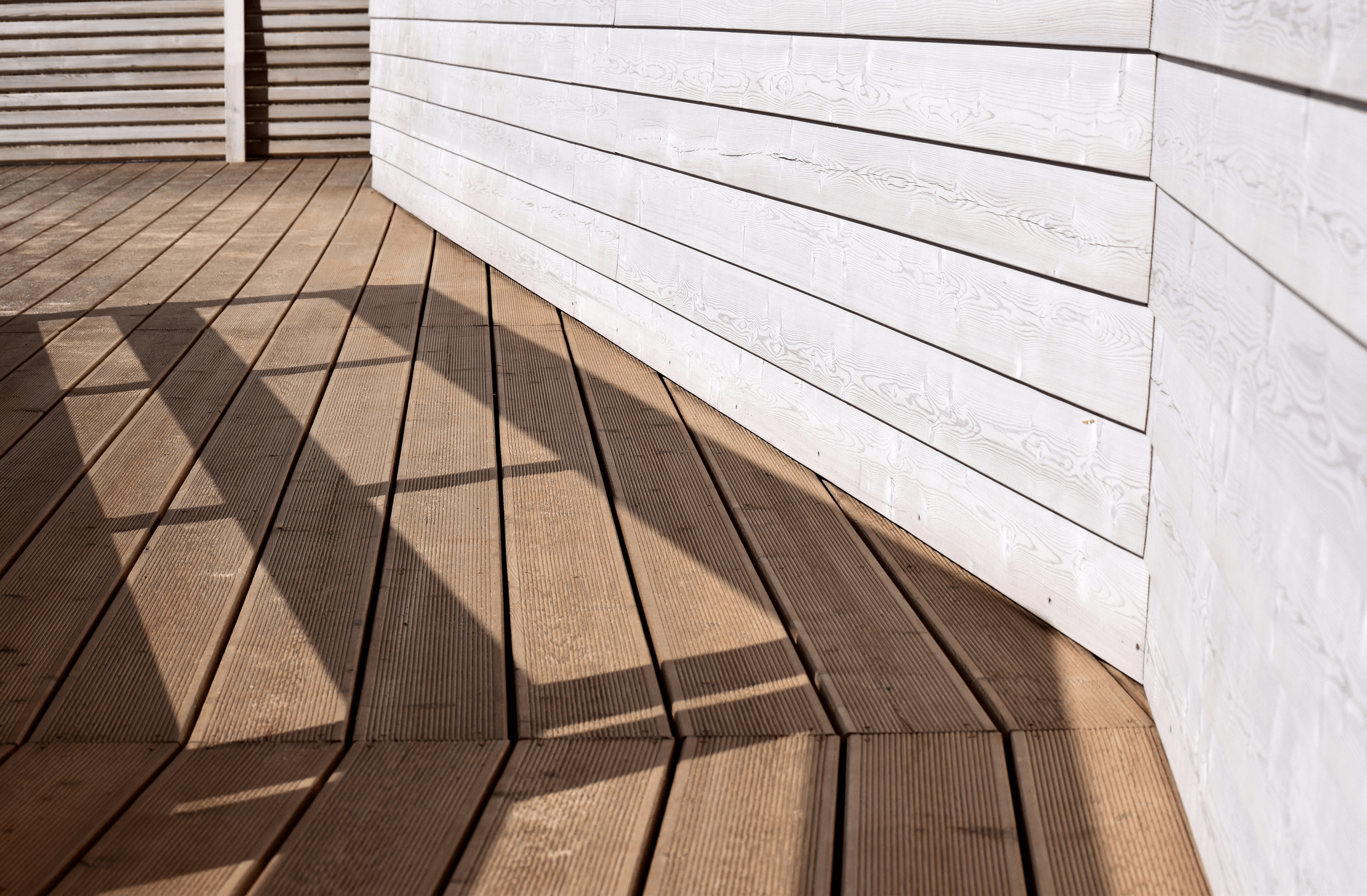
With a variety of materials on the market, homeowners can find solutions that not only enhance traction but also fit their aesthetic preferences and maintenance needs. In this section, we will explore the benefits of composite wood decking, delve into synthetic decking options, and compare treated wood for decks to help you make an informed decision.
Benefits of Composite Wood Decking
Composite wood decking has gained popularity for its impressive durability and low maintenance requirements, making it a favorite among homeowners looking for anti slip decking solutions. These deck boards are engineered to resist fading, staining, and warping while providing a natural wood appearance without the hassle of regular upkeep. Additionally, many composite wood products come with built-in traction features that significantly reduce slipperiness in wet conditions—perfect for those rainy days when safety is paramount.
Another advantage of composite wood decking is its eco-friendliness; many manufacturers use recycled materials in their products. This means you can enjoy your outdoor space while being kind to Mother Earth—what’s not to love? Plus, with a variety of colors and textures available, you can create a customized look that complements your home beautifully.
Exploring Synthetic Decking Options
Synthetic decking offers an attractive alternative to traditional materials while prioritizing safety through anti slip features. Made from high-performance polymers or PVC, synthetic decks are designed specifically to resist moisture absorption and provide superior grip underfoot compared to standard deck boards made from natural wood. This makes them an excellent choice for areas prone to water accumulation or heavy foot traffic.
Moreover, synthetic decking is often touted as decking no maintenance since it doesn’t require staining or sealing like treated wood for decks do—just an occasional rinse with soap and water will keep it looking fresh! Homeowners can enjoy their outdoor spaces without worrying about splinters or mold growth that often plague traditional wooden decks. With various styles mimicking real wood grain patterns available in synthetic options, aesthetics don’t have to take a backseat either.
Comparing Treated Wood for Decks
Treated wood has long been a staple in outdoor construction due to its affordability and availability; however, it does come with some drawbacks when considering anti slip properties compared to composite offerings. While treated lumber is chemically preserved against rot and pests, it requires regular maintenance such as staining or sealing every few years—a significant time investment if you're after decking no maintenance. Furthermore, untreated surfaces can become slippery when wet unless additional measures like anti-slip coatings are applied.
When comparing treated wood for decks versus composite alternatives like composite wood or synthetic options, it's essential to consider long-term costs as well as safety features. Although treated lumber may be cheaper upfront, the ongoing upkeep could add up over time—especially if you're constantly battling moisture-related issues such as mold growth or splintered surfaces that compromise traction on your deck boards. Ultimately, choosing between these materials should reflect both your budgetary constraints and commitment level towards ongoing care.
Proper Maintenance Practices
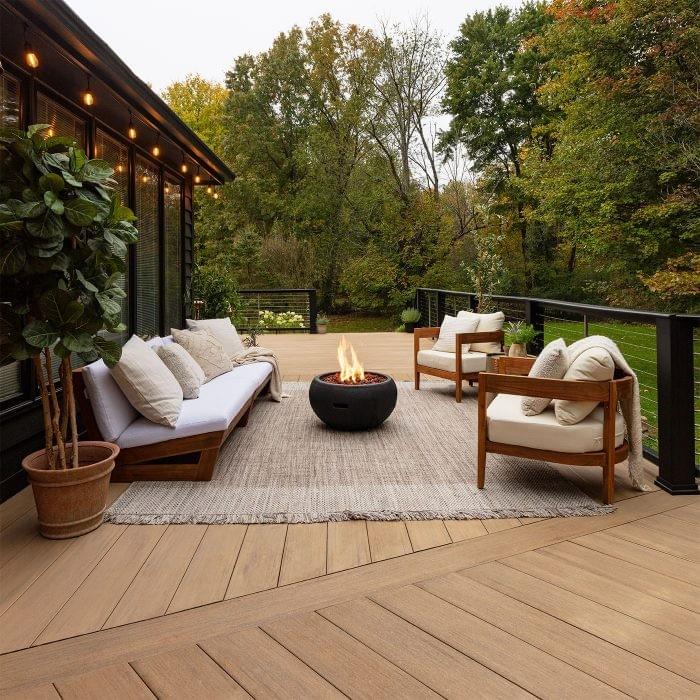
Routine Cleaning for Deck Boards
Routine cleaning is fundamental in preserving the integrity of your deck boards, especially when using composite wood or synthetic decking materials. Dirt, leaves, and mildew can accumulate over time, creating slippery surfaces that compromise safety. Use a broom or leaf blower for regular debris removal, followed by a gentle wash with soapy water to keep those anti slip decking features intact.
For tougher stains or mold growth on treated wood for decks, consider using a specialized cleaner designed for composite materials. This not only helps maintain the appearance but also ensures that any additives meant to enhance grip are not degraded by harsh chemicals. Remember, cleanliness is key; a well-maintained surface reduces the risk of slips and falls.
Seasonal Maintenance Tips
As seasons change, so do the demands on your composite wood decking or treated wood for decks. In fall, make it a point to clear away fallen leaves that can trap moisture against your deck boards; this prevents mold growth that could diminish their anti slip capabilities. During winter months, ensure snow and ice are promptly removed—using salt-free de-icers will help protect your decking material while maintaining traction.
In spring and summer months, take advantage of warmer weather by performing thorough inspections of your decking surfaces for signs of wear or damage. Look out for any warping or fading in synthetic decking materials as these factors can affect grip levels too! Lastly, remember that consistent seasonal maintenance will save you time and money down the line while keeping your outdoor space safe.
Protective Sealants for Added Grip
Applying protective sealants is an often-overlooked step in maintaining anti slip decking surfaces effectively. These specialized sealants not only enhance traction but also provide additional protection against moisture and UV rays that can degrade both composite wood and treated wood materials over time. When selecting a sealant, look for products specifically designed to increase grip without compromising the natural beauty of your deck boards.
It's advisable to reapply protective coatings every few years depending on exposure conditions; high-traffic areas may require more frequent attention! Always follow application guidelines carefully—improperly applied sealants can lead to uneven surfaces which may inadvertently create slip hazards instead of preventing them. With regular use of these protective measures, you’ll ensure lasting safety while enjoying all the benefits that come with quality anti slip decking solutions.
Enhancing Traction with Additives
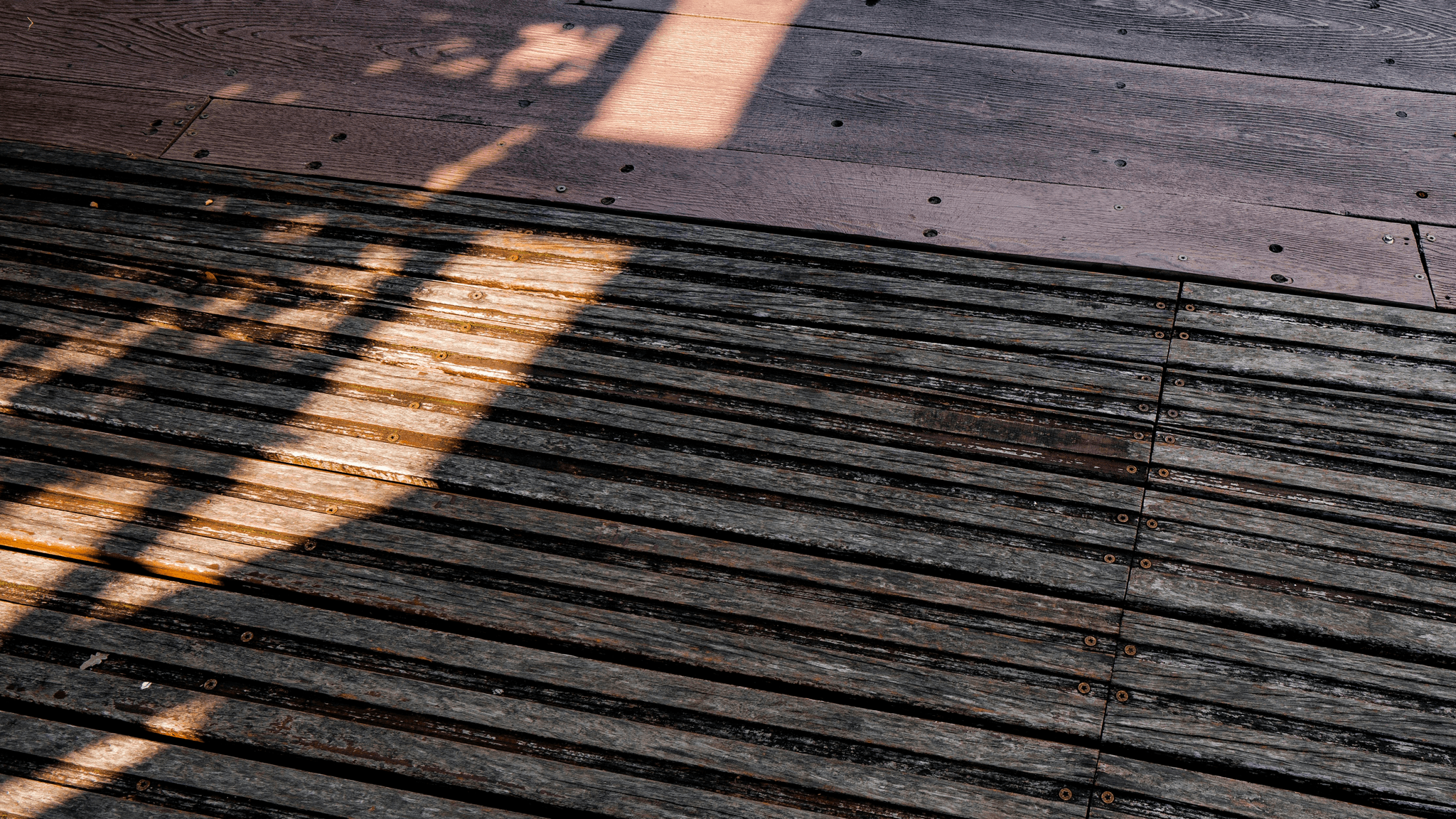
Using Anti Slip Coatings
One of the most popular methods to enhance traction is by applying anti slip coatings directly onto your deck boards. These coatings come in various formulations, designed specifically for different types of materials, including synthetic decking and composite wood. Not only do they provide a textured surface that reduces slipperiness, but many options also offer UV protection to prolong the life of your deck while minimizing maintenance.
Moreover, anti slip coatings are relatively easy to apply and can be done as a DIY project or by hiring a professional. They can transform any surface into an anti slip decking haven without compromising the aesthetic appeal of your outdoor space. With just one application every few years, you can keep your deck looking great and safe at the same time.
Innovative Treatments for Composite Decking
For those who prefer modern solutions, innovative treatments specifically designed for composite wood decking are now available on the market. These treatments often use advanced technology to bond with the surface of the decking material, creating a durable layer that enhances grip without altering its appearance. This means you can enjoy all the benefits of synthetic decking while ensuring it remains safe and functional.
These treatments not only improve traction but also help in repelling water and dirt—two key factors that contribute to slippery surfaces over time. Plus, many products are formulated to be environmentally friendly and free from harsh chemicals, making them an excellent choice for eco-conscious homeowners looking for an effective anti slip solution. By investing in these innovative treatments, you're not just enhancing safety; you're also extending the lifespan of your composite wood decking.
Benefits of Grit-Based Additives
These additives can be mixed into paints or sealants before application or sprinkled onto wet surfaces during treatment processes—creating a rough texture that provides superior grip underfoot. They're particularly beneficial in high-traffic areas where slips could lead to serious accidents.
The beauty of grit-based additives lies in their versatility; they can be used on any type of surface including traditional wooden decks and synthetic decking alike! Moreover, because they’re often made from natural materials like sand or quartz crystals, they blend seamlessly with most finishes without compromising aesthetics or durability. By incorporating grit-based additives into your outdoor space's design strategy, you’ll create a safer environment while maintaining style.
Design Considerations for Safety
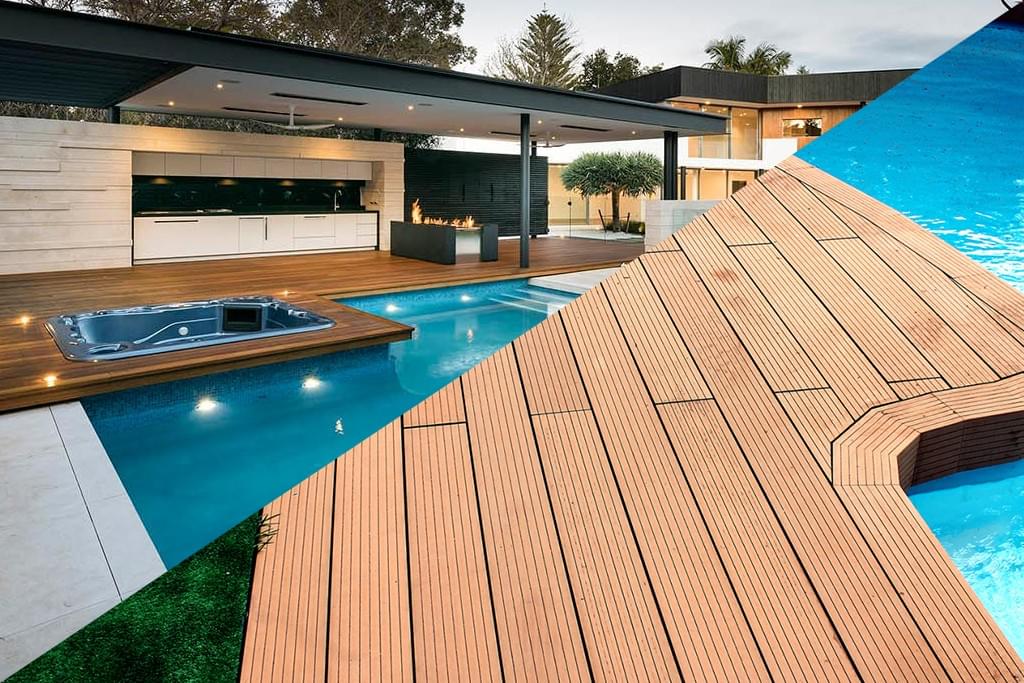
When it comes to ensuring safety on your deck, design plays a pivotal role. The way you lay out your anti slip decking can greatly influence how safe it feels underfoot, especially when wet. Thoughtful planning of your deck boards can help minimize risks and enhance overall enjoyment.
Strategic Layout of Decking
Strategic layout is essential for maximizing safety on any deck, particularly when using composite wood decking or synthetic decking options. Arranging the deck boards in a pattern that promotes stability can prevent slips and falls, especially in high-traffic areas. Consider incorporating wider walkways and creating distinct zones for lounging versus dining to keep foot traffic flowing smoothly.
Importance of Drainage and Slope
Proper drainage is vital for maintaining the integrity of your anti slip decking and ensuring it stays safe year-round. A slight slope away from the house allows water to run off instead of pooling on the surface, which can lead to slippery conditions on treated wood for decks or composite wood surfaces. By designing with drainage in mind, you not only protect your investment but also enhance safety during rainy weather.
Selecting the Right Color for Heat Management
The color of your decking material can have surprising implications beyond aesthetics; it also affects heat retention and comfort underfoot! Light-colored synthetic decking tends to reflect sunlight better than darker hues, keeping surfaces cooler during hot summer days while reducing the risk of burns or slips due to overheating materials. Opting for lighter shades not only makes sense from a heat management perspective but also complements various outdoor themes beautifully.
Expert Recommendations and Products
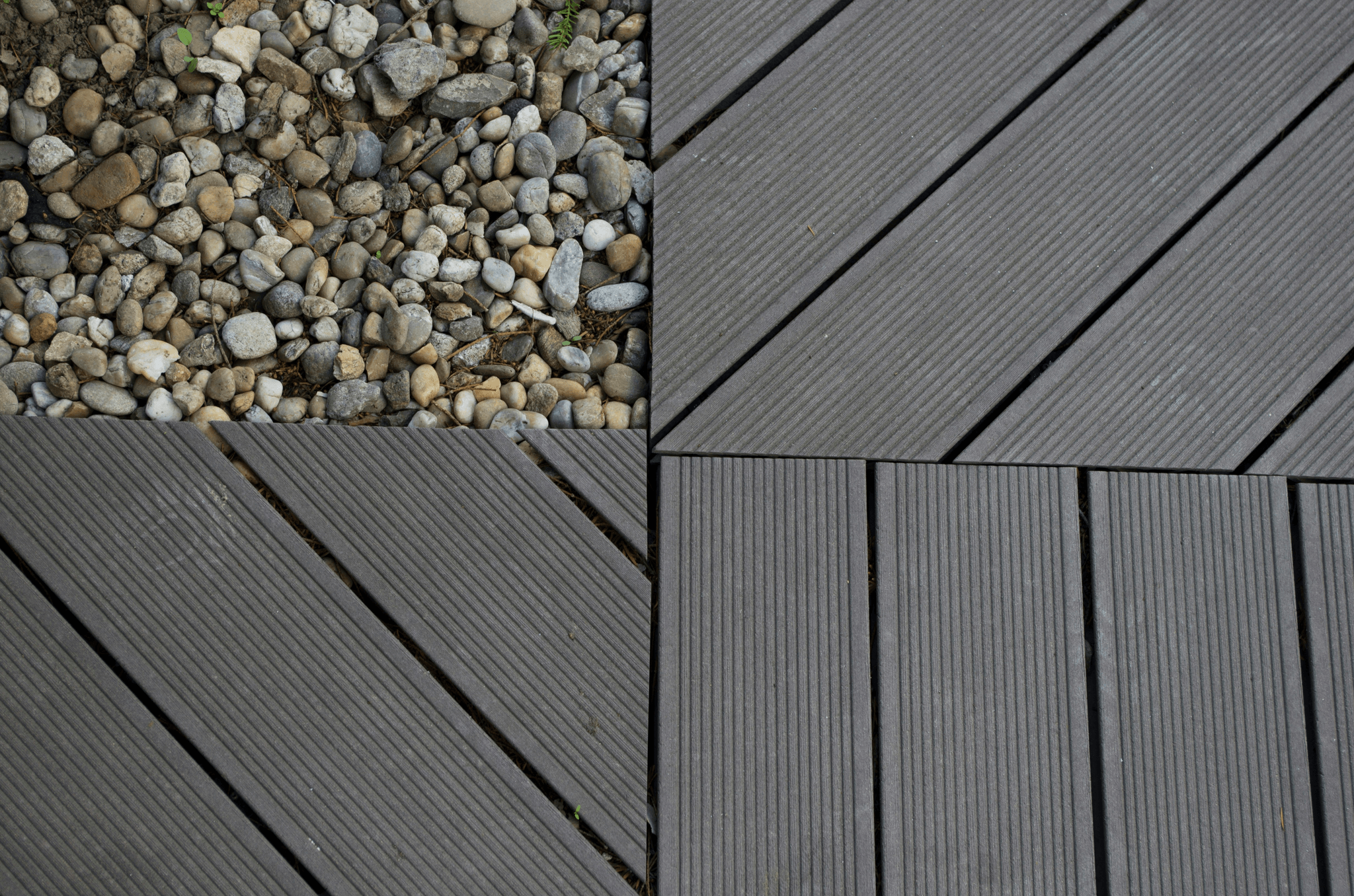
When it comes to selecting the best options for anti slip decking, expert recommendations can make all the difference. With a plethora of choices available, understanding which products excel in performance and durability is key. In this section, we’ll spotlight some notable brands and user experiences that highlight effective solutions for enhancing safety on your deck.
Spotlight on Composite Decking Inc
Composite Decking Inc has been making waves in the decking industry with their innovative approach to composite wood decking. Their products are designed not only for aesthetic appeal but also prioritize safety by incorporating anti slip features directly into their deck boards. The company emphasizes a commitment to quality, ensuring that their synthetic decking options are both durable and low-maintenance, making them an ideal choice for homeowners seeking long-lasting solutions.
One standout feature of Composite Decking Inc is their extensive range of colors and textures that mimic traditional wood while providing superior slip resistance. Customers rave about how these composite wood materials outperform treated wood for decks in terms of longevity and safety during wet conditions. This brand’s dedication to creating decking no maintenance means you can enjoy your outdoor space without constant upkeep worries.
Trusted Brands for Anti Slip Solutions
In the world of anti slip decking, several trusted brands have emerged as leaders due to their reliable products and customer satisfaction ratings. Brands like Trex, TimberTech, and Azek offer a variety of composite wood options that incorporate advanced technologies aimed at enhancing traction on deck boards. These manufacturers have invested significantly in research to ensure their synthetic decking remains safe underfoot while also being visually appealing.
Trex’s unique surface treatments provide excellent grip without sacrificing style, making it a popular choice among homeowners looking for both aesthetics and function. TimberTech stands out with its eco-friendly materials that promise durability alongside anti slip properties – perfect for those who want sustainable solutions without compromising safety standards. Azek offers innovative designs that not only look great but also provide peace of mind against slips and falls.
User Reviews on Effective Decking Products
User reviews are an invaluable resource when evaluating effective decking products designed for safety and functionality. Many customers express satisfaction with the performance of various anti slip coatings applied over composite wood decking, noting significant improvements in traction during rainy weather conditions. Reviews consistently highlight how these coatings enhance the overall experience of enjoying outdoor spaces without fear of slipping.
Moreover, users often compare treated wood for decks with synthetic options like composite wood; many favor composites due to their lower maintenance requirements and superior grip capabilities over time. Homeowners appreciate the long-lasting benefits they receive from investing in quality anti slip decking solutions rather than opting for traditional materials requiring frequent upkeep or replacement due to wear-and-tear issues. Overall feedback suggests a strong preference towards innovative treatments available today that ensure safer outdoor living environments.
Conclusion
In conclusion, investing in anti slip decking solutions is crucial for ensuring safety and comfort on your outdoor spaces. The benefits of using composite wood decking are numerous, including durability and reduced maintenance needs compared to traditional treated wood for decks. With a variety of synthetic decking options available, homeowners can easily find the right fit for their needs while enhancing the aesthetic appeal of their properties.
Summary of Anti Slip Decking Benefits
Anti slip decking offers a multitude of advantages that cater to both safety and style. By choosing composite wood or synthetic decking, you can enjoy a surface that minimizes the risk of slips and falls, especially when wet. Additionally, these materials often come with long-lasting finishes that resist fading and wear, making them an excellent investment for any deck boards.
Maintenance Tips for Long-Term Safety
To maintain the effectiveness of your anti slip decking over time, routine cleaning is essential. Regularly washing your deck boards with mild soap and water helps prevent mold and mildew buildup that could compromise grip. Seasonal maintenance tips include inspecting for wear or damage and applying protective sealants designed to enhance traction on composite wood surfaces.
Key Takeaways for Choosing Composite Wood
When selecting composite wood for your deck, consider not only aesthetics but also functionality in terms of safety features like anti slip coatings. Look into options that require minimal upkeep; after all, who wants to spend weekends maintaining their outdoor space? Finally, be sure to compare various brands specializing in synthetic decking to find trusted products that align with your safety requirements.
